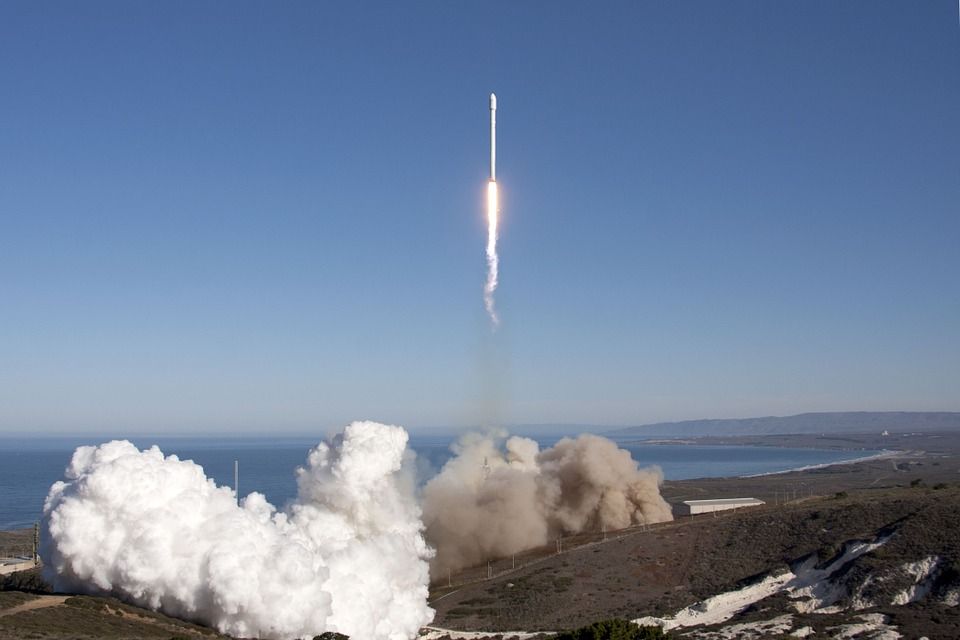
The absence of information about the self-destruct damage of the new H3 rocket was declared by the Japan Aerospace Exploration Agency (JAXA) on March 7, agency head Hiroshi Yamakawa said in a meeting with reporters.
The new heavy rocket was launched at 10:37 (4:37 Moscow time) from the Tanegashima Cosmodrome. However, 8 minutes after launch, the agency’s specialists were unable to ignite the second stage and at 10:52 (4:52 Moscow time) gave the self-destruct signal.
“According to the information received, to date no damage has been confirmed by the self-destruction of the H3”Yamakawa stated.
According to the agency, fragments of the rocket allegedly fell into the ocean east of the Philippines. JAXA intends to investigate the cause of the failed launch.
Also read: JAXA loses control of the Japanese H3 missile eight minutes after its flight
They tried to launch the rocket on February 17, but then the launch did not take place due to problems with the first stage control systems. The development of the device took place for nine years and the first release would take place in March 2021.
Recall that on board the new launch vehicle was the ALOS-3 observation satellite, which was supposed to monitor the situation during natural disasters, as well as track possible launches of ballistic missiles. A similar satellite, ALOS-4, is also scheduled to launch in 2023.
In October 2022, a smaller Epsilon-6 missile was destroyed in flight by a Japanese agency. Then the device deviated significantly from the intended trajectory.
Source: Rossa Primavera
I am Michael Melvin, an experienced news writer with a passion for uncovering stories and bringing them to the public. I have been working in the news industry for over five years now, and my work has been published on multiple websites. As an author at 24 News Reporters, I cover world section of current events stories that are both informative and captivating to read.
